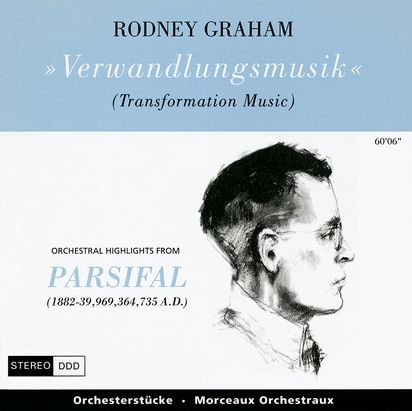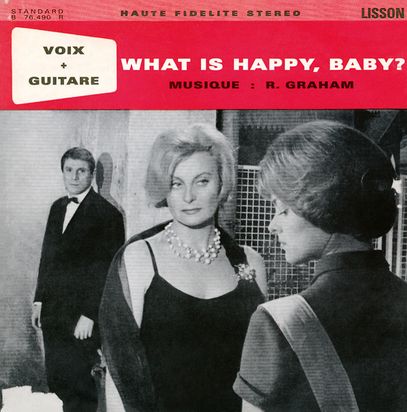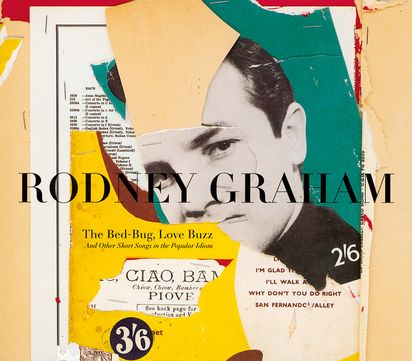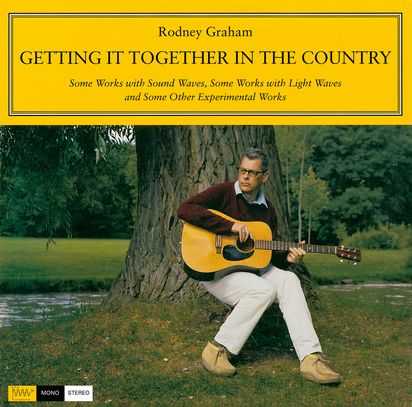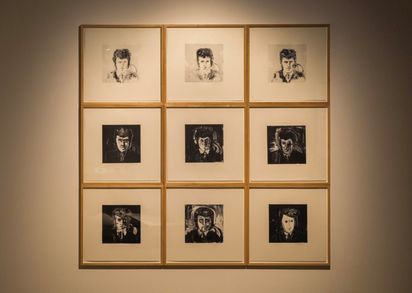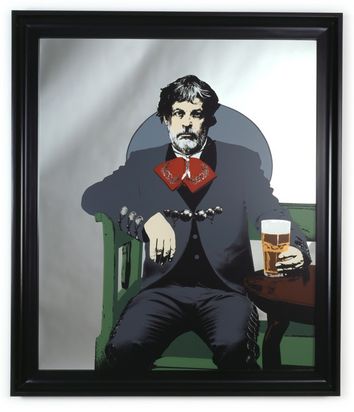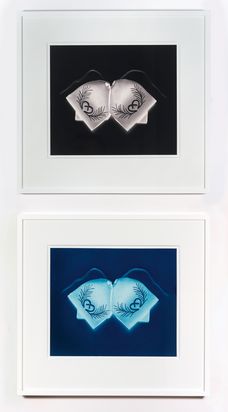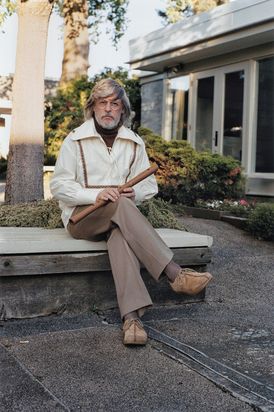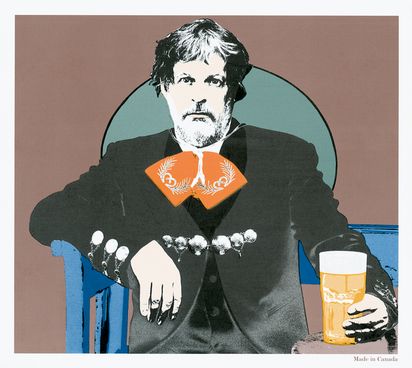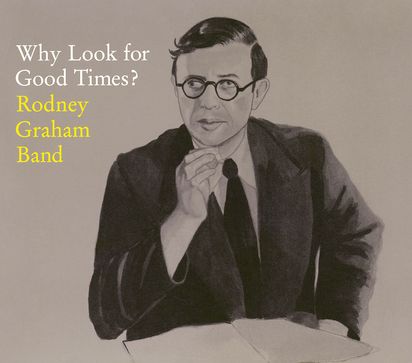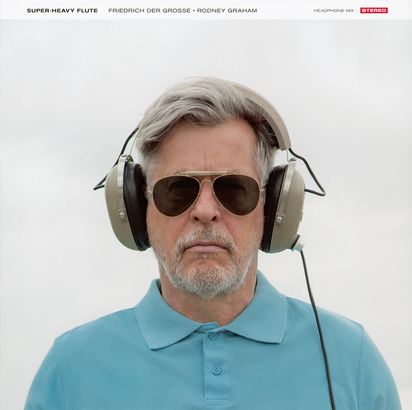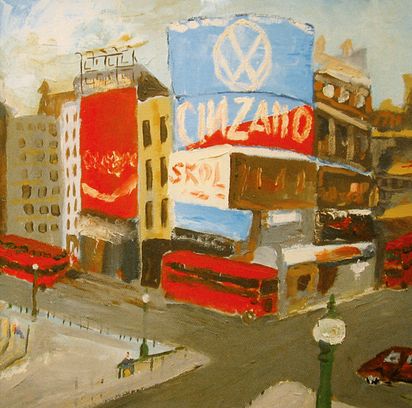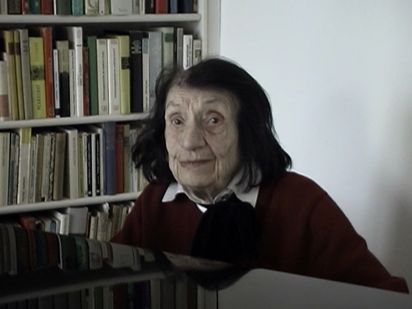The pictures are faded, out of focus, color cast, or too garish. The grain is coarse and reminiscent of old film material. The light intensity pulsates and changes, radically fluctuating between too bright or too dim. Fiorucci Made Me Hardcore seems like the amateur compilation of found film material that is actually too poor in quality for a documentary film. Yet the collage technique behind this work is of an outstanding quality. It employs processes, which have been used in ‘hardcore’ music since the emergence of bargain software, music kits, and samplers at the beginning of the 1990s. Mark Leckey (*1964) works with film in a way similar to the work with music, where found musical material is dissected into its smallest bits, pulled apart, accelerated, amplified, distorted, and compiled anew on a thousand different layers. During the editing of the film material, Leckey’s use of visual intelligence, camera motion, pans, overexposure, stops, and cross-fades all serve as a ‘grammatical’ means of precisely inserting the filmic language. Thus, a small detail, a tattoo, like a short bass line, is digitally transported onward. Veiled behind the aesthetic surface of supposed recording errors is the film’s technical brilliance. This is also clear in the sound collage, which accompanies the visual sequences with a dreamlike confidence expressed in striking sound progressions, shrill loops, hysterical overmodulation, and repetitive sentence fragments.
The cinematic collage is an anthropological study of the rites of youth. The base material takes its inspiration from the all-night, amphetamine-induced ‘northern soul’ dancing of the 1970s. Occasionally, a young man stands on a roof that overlooks a blue city at night. Roller skaters maneuver through suburban streets. It ends with the ‘ecstasy raves’ of the 1990s. The increase in ‘beats per minute’ and the complexly woven constructions of the music seem to be reflected in the dancing style, especially in the arms and hands. The body itself is too clumsy to be able to follow the fine structures.
The film follows the dancers through to the standstill of movements under the strobe light. It documents groups of young men, as they go through the streets as a self-contained ‘tribe’: “Everywhere we go, people wanna know, who we are.”
The film’s title offers a hint at the author’s ‘street credibility’. The elite British hooligans of the mid-1980s were called ‘Casuals’. They were primarily defined through clothing: Tacchini, Lacoste, Fila, Fiorucci.
Leckey marks out a different, a skeptical aesthetic in British art. Nothing remains of the utopian moments – the collectively experienced climax of nights spent together dancing till dawn. The film does not mediate the feeling of dissolved individuality, the illusion of communal happiness or unarticulated understanding in this ecstatic, oblivious dance ritual. For many, these types of utopia have become part of the individual and collective horizon of memory. Utopia as such cannot be depicted, it remains invisible. Yet the film is a study of the archaic state of our psyche. Leckey understands that brands like Fiorucci will not fulfill their promises.
(Text by Rainald Schumacher in: fast forward. Media Art Sammlung Goetz, Hamburg 2003)


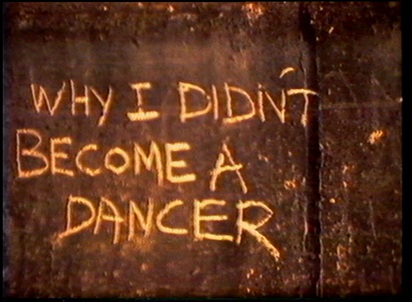
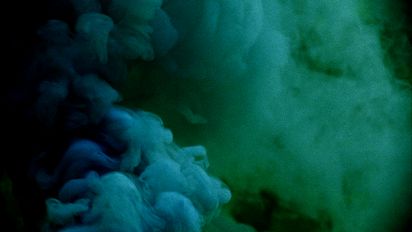

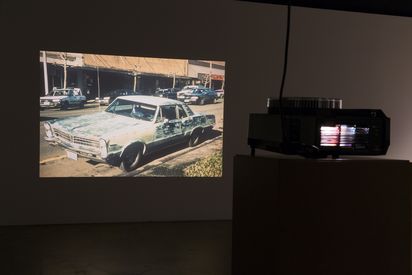
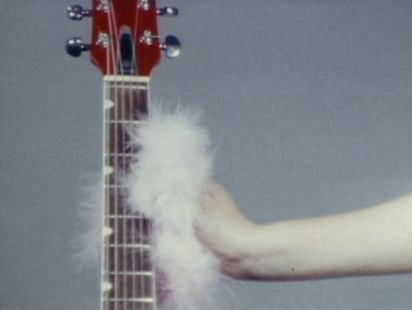




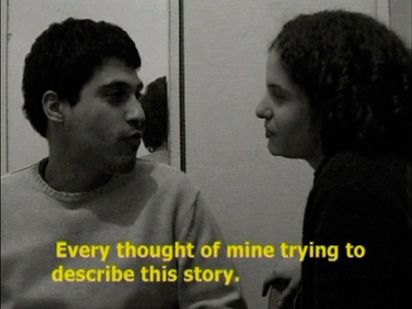
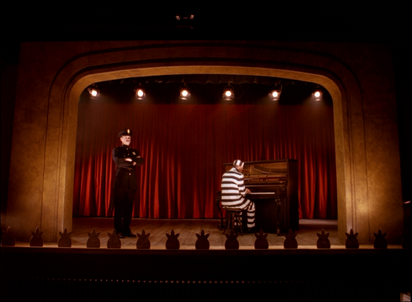






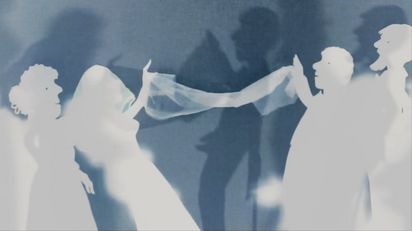


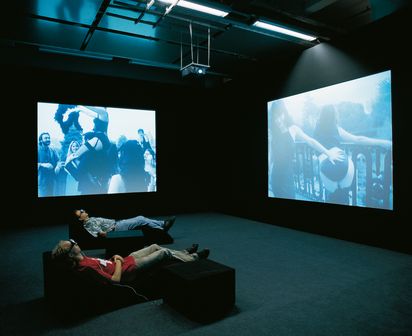

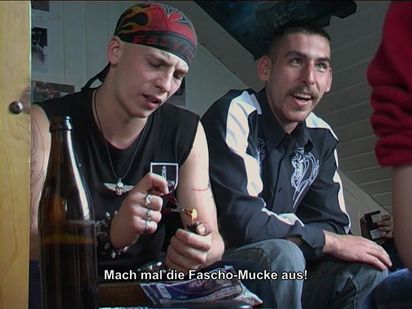
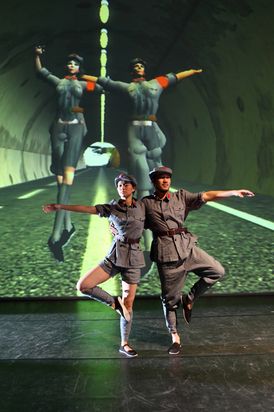
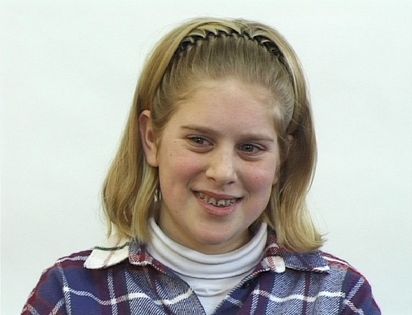
![[Translate to English:] © Isaac Julien Close up of a pair of black dancers: A man stands behind a woman and looks at her neck](/assets/sammlung-goetz/_processed_/9/f/csm_isaac-julien-three1996-99-sammlung-goetz-muenchen-2_98045aa43d.jpg)
